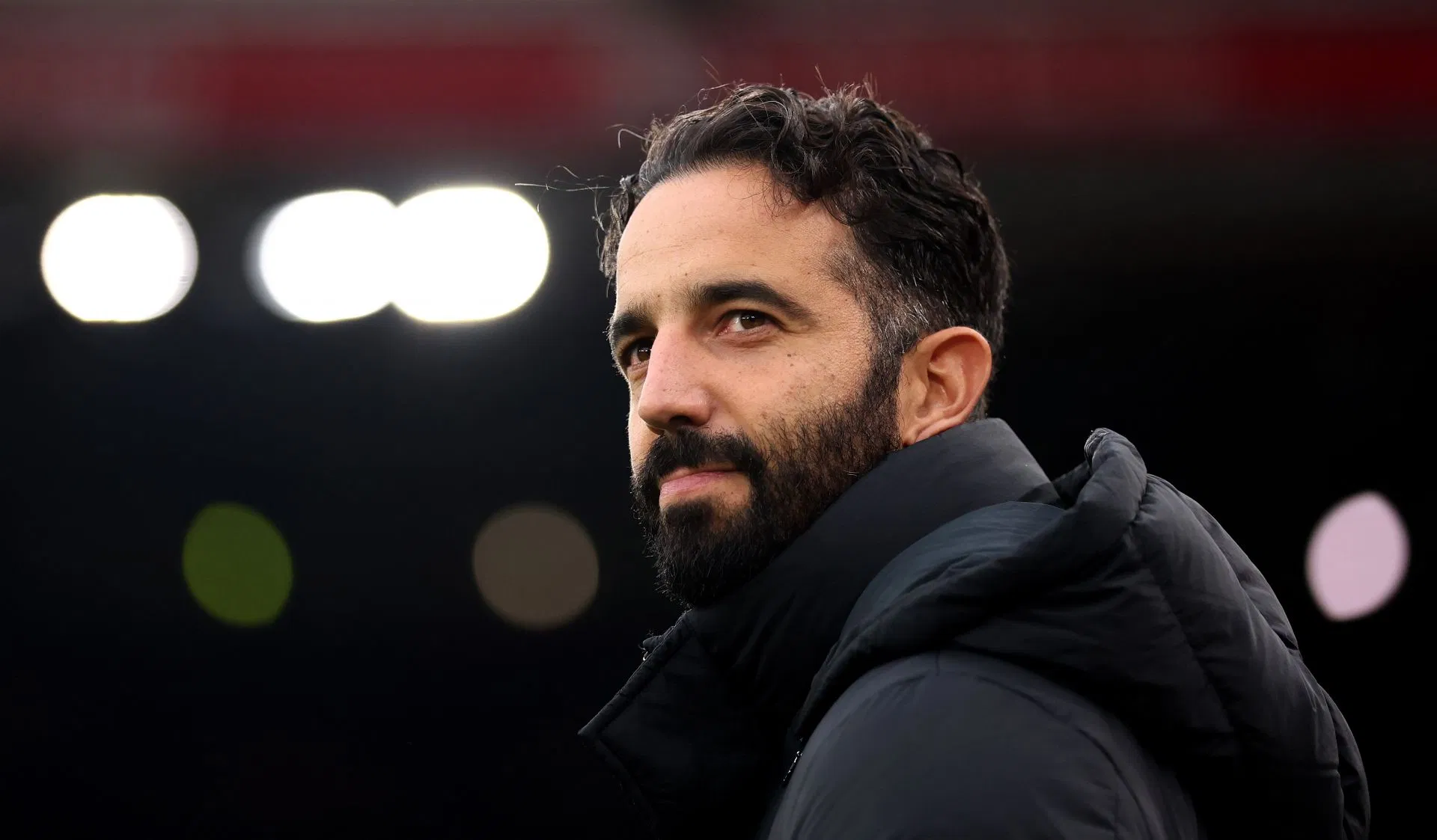Copyright yardbarker

The New York Islanders are showing clear signs this season of transforming from a defense-first squad into a legitimately-dangerous offensive unit. Under head coach Patrick Roy and general manager Mathieu Darche, the team’s scoring pace is up, timed with key additions and a refreshed structure that gives the offense more freedom while retaining structure. Offensive Metrics Back It Up The Islanders averaged just 2.71 goals per game in 2024-25, tied for 27th in the NHL. Early this season, though, they’ve improved notably: in the first eight games, they totalled 30 goals (3.75 G/GP), placing them ninth in the league for goals-for. They’re also averaging nearly 29.9 shots per game, ranked eighth overall. That uptick is meaningful: more shots, more scoring, and better deployment of offensive assets. What’s Changed in the Structure Fresh Top-Six Firepower and Versatility The Islanders have quietly reshaped their offensive identity to start this season thanks in large part to a revamped top six that finally provides balance and creativity. The offseason addition of Jonathan Drouin, signed to a two-year deal, has brought a much-needed playmaking element to the forward group. His vision and puck distribution have immediately improved the Islanders’ power play, which has jumped near the league average after ranking in the bottom five last season. Drouin’s chemistry with Bo Horvat (five goals and four assists through the first seven games) has been noticeable, as the two have connected multiple times on quick passing sequences and net-front setups. Meanwhile, Emil Heineman, acquired in the Noah Dobson trade with the Montreal Canadiens has been one of the biggest early-season surprises, tallying five goals in seven games and giving the Islanders an explosive scoring threat on the wing. Together, this trio has brought new life to a team that often relied too heavily on grinding out low-scoring games. Younger Pieces Gaining Opportunity The Islanders’ shift toward incorporating youth is another major storyline. Eighteen-year-old defenseman Matthew Schaefer, the team’s 2024 first-round pick, has stepped right into the NHL lineup and impressed with his confidence and mobility. Schaefer’s ability to move the puck quickly in transition has added an element of speed that the Islanders’ blue line has lacked in recent seasons. Roy has trusted him in key situations, including second power-play-unit time and late-game shifts, which speaks volumes about his poise and potential. His presence has allowed veterans like Adam Pelech and Ryan Pulock to play more defined defensive roles, giving the entire unit a better balance between offensive support and defensive responsibility. Beyond Schaefer, other young players like Simon Holmstrom and Ruslan Iskhakov are earning more ice time, creating healthy internal competition and injecting energy into the lineup. Emphasis on Efficient Zone Time and Transition Chances Under Roy, the Islanders have made noticeable improvements in how they manage the puck and generate scoring opportunities. This season, their Corsi For Percentage (CF%) and expected goals rate (xGF%) have both climbed significantly compared to last season, indicating stronger possession play and more sustained pressure in the offensive zone. They’re transitioning from defense to offense with far more efficiency, often using stretch passes or controlled zone entries to create high-danger looks off the rush. The Islanders have also been more aggressive on the forecheck, which has led to turnovers and second-chance scoring opportunities, an area they struggled with in previous seasons. Despite the increased offensive pace, the team hasn’t sacrificed its trademark defensive structure, maintaining one of the league’s better goals-against averages through the first few weeks. This combination of new offensive creativity, youthful energy, and a refined system has made the Islanders a more balanced and dangerous team early in the 2025–26 campaign. If their key players stay healthy and their younger core continues to progress, they could evolve from a traditionally defense-first team into one capable of matching up with the high-powered offenses across the Eastern Conference. Players Driving the Surge Bo Horvat leads with nine points (five goals, four assists) in eight games and a plus-6 rating. Emil Heineman has tallied six points (five goals, one assist) in eight games, a clear offensive breakout. Matthew Schaefer, though a rookie defenseman, already has seven points (two goals, five assists) in eight contests, showing his involvement and composure. The Big Picture: Why It Matters In a Metropolitan Division packed with speed, elite forwards, and high-scoring teams, the Islanders cannot rely solely on defensive excellence. This offensive improvement gives them



